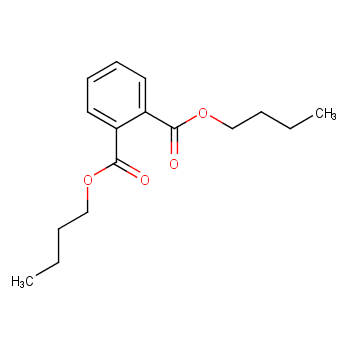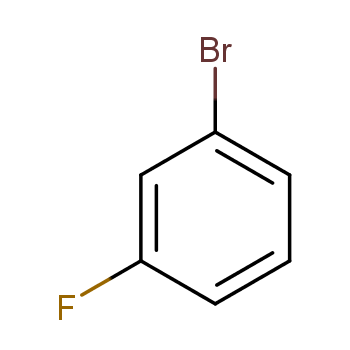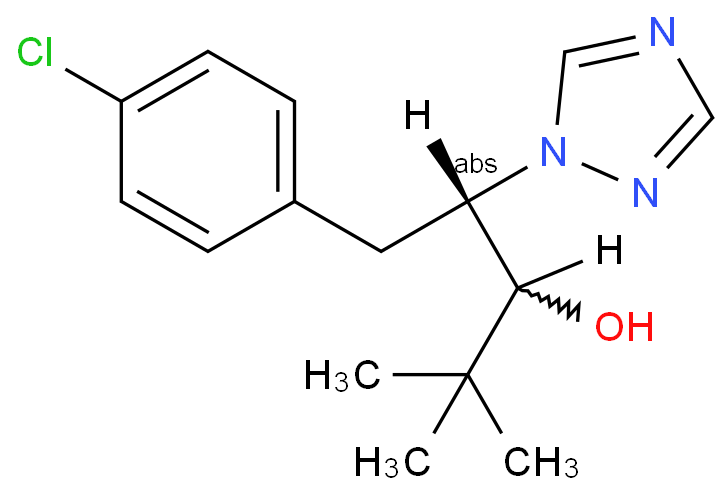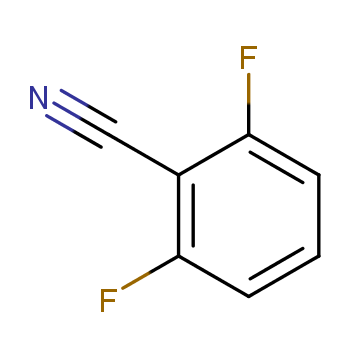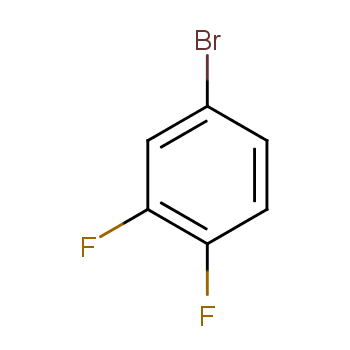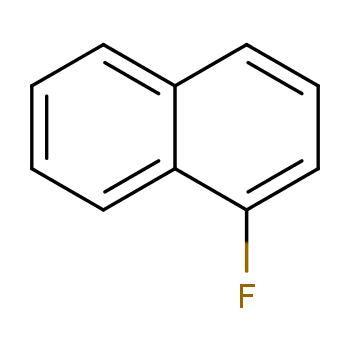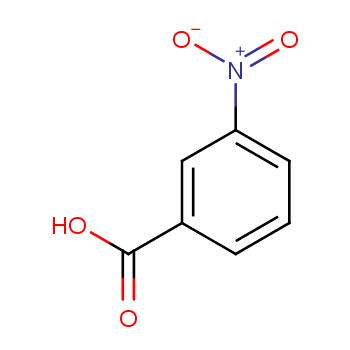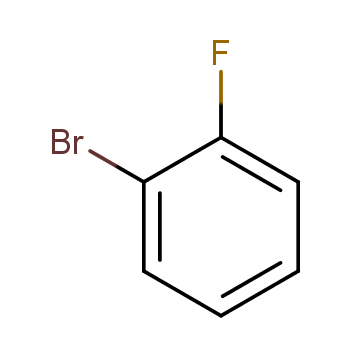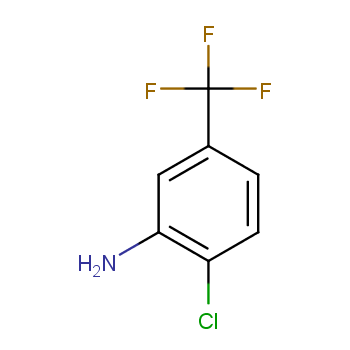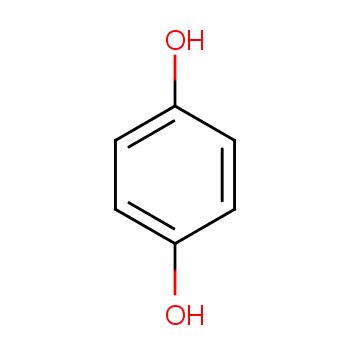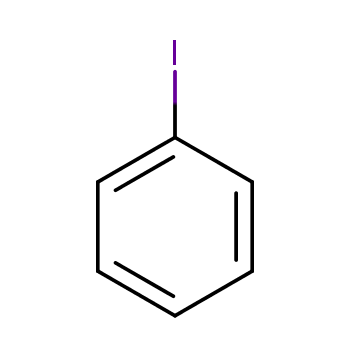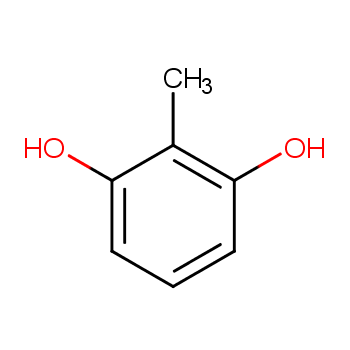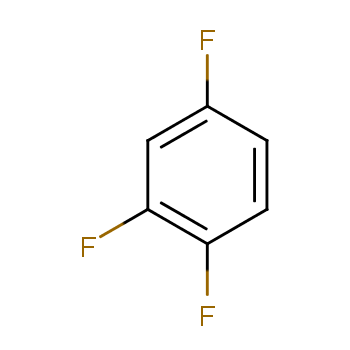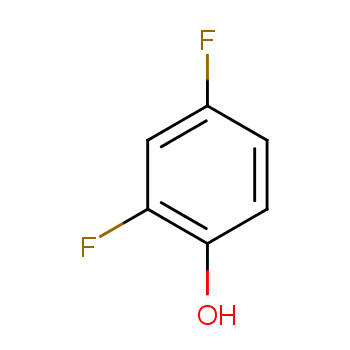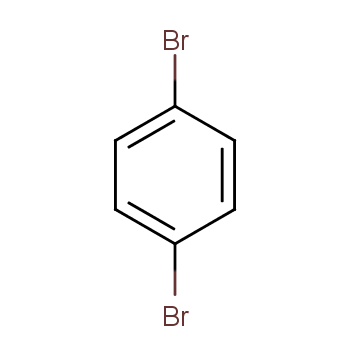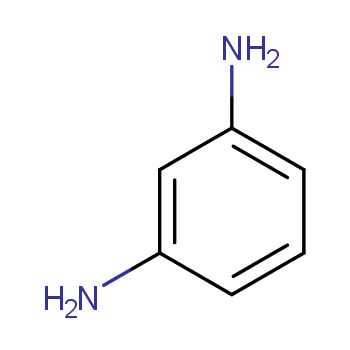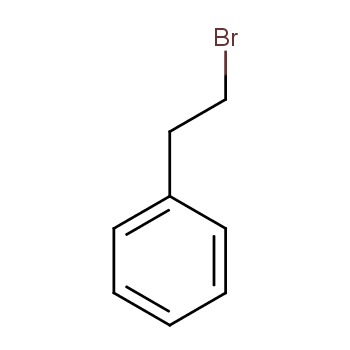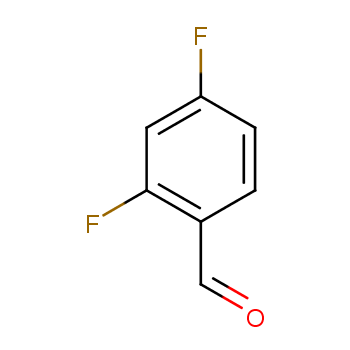Benzene is a cyclic organic compound with the molecular formula C6H6. It consists of six carbon atoms joined together in a ring, with a hydrogen atom attached to each carbon atom. The structure of benzene is often represented by a hexagon with a circle inside, which represents the delocalized pi-electrons in the ring.
Benzene & Derivatives Categories
Benzene and its derivatives are important compounds in organic chemistry and have many industrial and biological applications. Some common derivatives of benzene include:
Toluene: This is also known as methylbenzene and has a methyl group attached to one of the carbon atoms in the benzene ring. Toluene is used as a solvent and as a starting material for the production of many other chemicals.
Phenol: This is also known as hydroxybenzene and has a hydroxyl group (-OH) attached to one of the carbon atoms in the benzene ring. Phenol is used in the production of plastics, detergents, and pharmaceuticals.
Aniline: This is also known as aminobenzene and has an amino group (-NH2) attached to one of the carbon atoms in the benzene ring. Aniline is used in the production of dyes, rubber, and pharmaceuticals.
Nitrobenzene: This has a nitro group (-NO2) attached to one of the carbon atoms in the benzene ring. Nitrobenzene is used as a solvent and in the production of aniline and other chemicals.
Styrene: This is also known as vinylbenzene and has a vinyl group (-CH=CH2) attached to one of the carbon atoms in the benzene ring. Styrene is used in the production of plastics, synthetic rubber, and resins.
These are just a few examples of the many derivatives of benzene that are important in industry and research. Benzene and its derivatives are also found in many natural products, including essential oils and plant extracts.
+more
